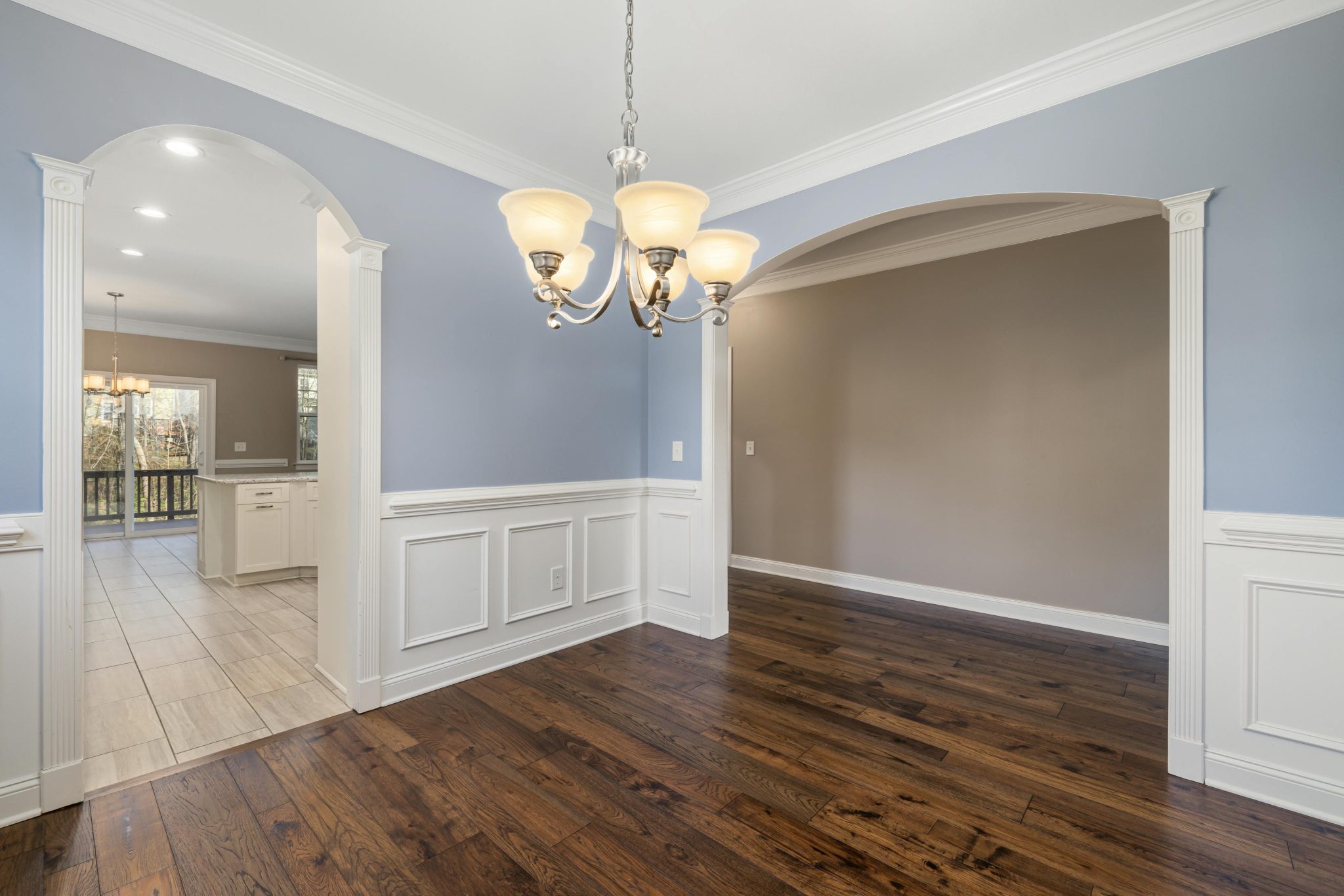Financing Solutions for Minor Home Improvements: When Are They Worth It?
Whether a homeowner is looking for a sleek new countertop or an upgraded bathroom, renovations can boost their property’s value or allow them to stay in a neighborhood with rising home prices. However, as every homeowner knows, renovations can be costly, regardless of the project. Fortunately, plenty of financing options are available to help fund a renovation.
How Much Does Home Improvement Cost?
Home improvement budgets can be as unique as a fingerprint. However, homeowners can refer to certain estimates to help gauge the expected costs.
The average spending on a home improvement can be as small as $18,000. This can be considered the maximum cost for a minor home improvement. Anything above that spending can be considered major home improvement spending. However, you should note that these ranges can change due to inflation. As mentioned earlier, a homeowner has several options for financing a home improvement.
Home Improvement Loans
Home improvement loans are installment loans that allow homeowners to finance their home improvement projects without putting up their houses as collateral. Because they are not a secured type of installment loan, the repayment time frames are short, and the borrowing limit can be small.
To get one, a homeowner should find a suitable lender to meet their financing needs and start their application process. The lender will then decide whether their application is approved or denied.
Home Equity Options
Home equity options like home equity loans and lines of credit are great for homeowners who have already built up a significant amount of equity in their houses.
In summary, HELOCs and home equity loans let homeowners borrow from the equity they’ve built up in their homes. Usually, a homeowner can borrow up to 80% of their built-up equity while using their house as collateral. Because of this, the cost of both is much lower, and homeowners can potentially borrow a significant amount of money based on the house’s value.
A home equity loan lets the homeowner borrow a sum of money based on the market value of their home and the equity they have in it. The best thing about these loans is that the repayment is predictable, which can help them budget their finances easily.
HELOCs are revolving lines of credit that a lender gives to a borrower with a limit that the homeowner can’t exceed. During the draw period, homeowners can borrow some or all of their borrowing limit and make payments afterward.
Personal Loans
Homeowners planning an even smaller home improvement project can opt for personal loans. They’re one of the best options for them because they require no collateral, and the costs are based on the homeowner’s creditworthiness.
If a homeowner is considering a personal loan, they might encounter the terms credit check vs background check. A credit check is typically done by lenders to check a borrower’s creditworthiness. A background check, on the other hand, is to review a borrower’s criminal history or employment status. These are very common for lenders who want to be thorough with their borrowers.
The best thing about them is that homeowners can apply for them online. Many online lenders are out there, and they have very competitive costs that homeowners can take advantage of. However, they can be costly as they are not secured.
Credit Cards
Financing a home improvement project with a credit card might seem too reckless for some. Still, it’s a good option if a homeowner is disciplined and easily tempted to overspend. If a homeowner plans to repay the balance, repayment must be planned beforehand.
Many credit cards have no introductory costs and a very lucrative reward system. Some of them even have a grace period during which users can pay their balance without additional costs. When it comes to the reward system, homeowners can take advantage of it by utilizing the cashback and even using the points they earn for travel expenses.
Are These Home Improvement Options Worth It?
When considering home improvement financing, homeowners have several options they can opt for, each suited for different project sizes and financial situations. Home equity loans and lines of credit are worth it if the homeowner has some equity built up on their houses and can build it up again. Its only disadvantage is that it puts up the homeowner’s house as collateral.
When it comes to personal loans, they work well for very small projects that don’t need that much funding, like installing a kitchen backsplash or replacing a broken toilet. They are very easy to apply for and obtain, especially online.
However, the best bet a homeowner can take when it comes to minor home improvement projects is home improvement loans. They are specifically made and marketed for home improvement projects, no matter how big or small.
Consider Your Choice
Choosing the right financing option for a minor home improvement project depends on a homeowner’s financial situation, timeframe, and long-term financial plans. That said, it’s always important to evaluate the benefits, risks, and costs of a financing option that a homeowner is considering. By assessing the project’s scope and financial situation, a homeowner can make an informed decision that will ensure they choose the best option for their project.
No Internet results found for the text you pasted (902 words, $0.10) on 21 Mar 2025 at 6:25 GMT.![]()







